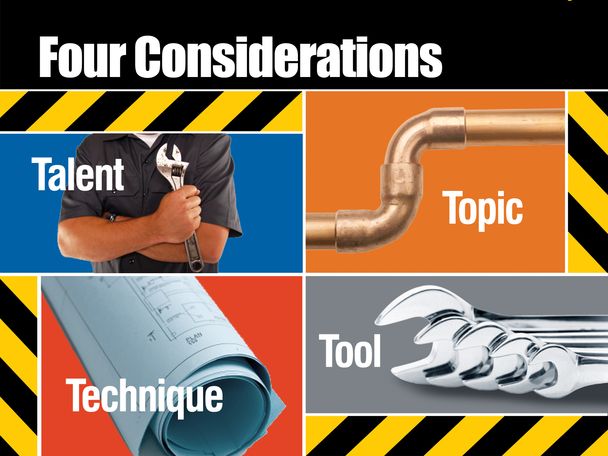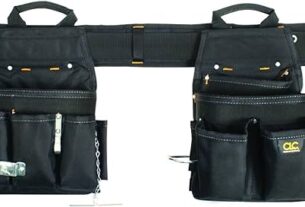As the saying goes, “If all you have is a hammer, everything looks like a nail.” This is especially true when it comes to choosing the right tools for your job. Whether you’re a professional carpenter or a DIY enthusiast, using the right tool for the task at hand can make all the difference in terms of efficiency, accuracy, and safety.
In this article, we’ll explore some key factors to consider when selecting the right tool for any given job. From power tools to hand tools and beyond, we’ll help you build a solid understanding of how to choose the best tools for your tasks.
[h2]Consider Your Task[/h2]
The first step in choosing the right tool is to assess the task at hand. What exactly needs to be done? Is it a large-scale project or a small repair? Will you be working with wood, metal, or another material? Answering these questions will help you determine which type of tool will be most effective.
For example, if you need to cut a piece of plywood, you might opt for a circular saw instead of a handsaw. Similarly, if you’re installing screws into metal, an impact driver may be more effective than a traditional drill.
[h2]Consider Your Skills[/h2]
Another important factor to consider is your own skill level. While some tools are relatively easy to use, others require more experience and expertise. If you’re new to a particular task or tool, it’s important to start with something that is manageable and safe.
For example, if you’ve never used a table saw before, it’s probably not wise to jump into complex projects without proper training. Instead, start with simpler cuts and gradually work your way up as your skills improve.
[h2]Consider Your Budget[/h2]
Of course, budget is always a consideration when it comes to choosing tools. While it’s certainly tempting to opt for the cheapest option available, this may not always be the most cost-effective choice in the long run.
For example, a low-quality drill may be less expensive than a high-end model, but it may break down more quickly and require frequent replacement. In contrast, investing in a quality tool upfront may save you money over time by reducing maintenance costs and increasing efficiency.
[h2]Consider Ergonomics[/h2]
When choosing tools, it’s also important to consider ergonomics. Tools that are comfortable and easy to use can help reduce strain and injury, especially during longer projects.
For example, if you’ll be using a hammer for an extended period of time, look for one with an ergonomic handle designed to reduce hand fatigue. Similarly, if you’ll be using a power drill frequently, choose one with a lightweight design that won’t cause arm or wrist strain.
[h2]Consider Safety[/h2]
Finally, safety should always be a top priority when selecting tools. Using the wrong tool for a job can not only result in poor results but also lead to serious injury.
Make sure to read all instructions and warnings before using any tool. Some tools may require specific safety gear such as goggles or gloves. Always wear appropriate clothing and accessories when working with tools to protect yourself from harm.
[h2]Conclusion[/h2]
In summary, choosing the right tool for any given job requires careful consideration of several factors. By assessing your task, skills, budget, ergonomics, and safety needs, you can make informed decisions about which tools will be most effective for your work.
Remember that investing in quality tools upfront can pay off in terms of increased efficiency and reduced maintenance costs over time. With these tips in mind, you’ll be well on your way to selecting the right tool for any job that comes your way.
References:
– “Choosing the Right Tool for the Job,” Lowe’s Home Improvement, https://www.lowes.com/n/buying-guide/choose-the-right-tool-for-the-job
– “5 Tips for Choosing the Right Tools for Your DIY Projects,” This Old House, https://www.thisoldhouse.com/tools/21018822/5-tips-for-choosing-the-right-tools-for-your-diy-projects




